Leveling Up Education: How Esports Are Changing the School Experience

On a crisp fall afternoon in New Jersey, a small computer lab hums with energy. Five students in matching jerseys lean toward their screens, fingers dancing over keyboards. At the center is 17-year-old Andrew Abramson, usually reserved and soft-spoken, now issuing rapid-fire commands to his teammates. The room erupts as their Rocket League match ends in victory. For Abramson, a passionate young esports competitor, this isn’t just playing video games – it’s the moment he found his place in school. “I used to be the quiet kid,” Abramson admits with a grin, “but when I’m playing with my team, I’m calling shots and communicating constantly. I found my voice through esports.”
Abramson’s transformation is part of a broader story unfolding in schools across the country. Esports – organized, competitive video gaming – is emerging as more than an after-school pastime. It has become a bona fide school activity, with leagues, coaches, and even fans in the bleachers (or rather, on streaming platforms). In a recent episode of the Learning Can’t Wait podcast, host Hayley Spira-Bauer put it plainly: “Esports isn't just about playing video games—it's about teamwork, leadership, resilience, and real-world skills that can shape a student's future”. Spira-Bauer’s conversation with Chris Aviles and Andrew Abramson painted a vivid picture of how competitive gaming is weaving itself into the educational fabric – and why it just might be the next big thing in learning.
Chris Aviles, a veteran teacher and esports evangelist, has witnessed this evolution from the front lines. As a STEM teacher at Monmouth Beach Middle School and founder of Garden State Esports (New Jersey’s scholastic esports organization), Aviles helped pioneer bringing esports into schools. He recalls how, a few years ago, pitching a video game club to school administrators raised eyebrows. Today, he leads a statewide network of school teams. “Schools are learning that esports are just as meaningful to students as traditional sports,” Aviles said, reflecting on the shift. In his view, a well-run esports program can offer all the benefits of a varsity sport – and reach kids who’ve never felt seen in school before.
Abramson nods vigorously when Aviles says this. For him, traditional athletics held little appeal. He wasn’t out running laps or scoring baskets; he was at home on a PC, practicing Overwatch strategies. When his high school introduced an esports team, it was like opening a door he never knew existed. “For me, esports was the first time I felt connected to my school community,” Abramson says. He describes the pride of representing his school in tournaments, wearing a team jersey with the school mascot in digital form. “I never did student council or football – but suddenly my principal knew my name because of our Overwatch championship.” His smile widens as he recalls the day the morning announcements congratulated the esports team on a big win, echoing the kind of recognition usually reserved for the basketball squad.
That sense of recognition and belonging is a recurring theme as Spira-Bauer guides the conversation. In fact, Aviles points out, many of the students drawn to esports aren’t the ones already thriving elsewhere. “Our esports athletes often don't participate in any other school activities,” he notes. “We're really tapping into a marginalized community of kids and giving them a home-school connection, which we know leads to better learning outcomes”. In other words, esports is doing what educators have long struggled to achieve – bringing the disengaged or isolated students into the fold. A teacher from California made a similar observation after launching a gaming league, saying it “instilled pride and confidence in a segment of the student population that was shy and introverted”. These are kids who might have gone through school feeling invisible; through gaming, they become school leaders.
Leading and Learning in the Digital Arena
From the outside, a video game competition might look nothing like a football game. The “field” is virtual, the players communicate over headsets, and the spectators tune in via livestream. Yet, as Aviles and Abramson describe it, the parallels to traditional athletics are striking. Teamwork? Check. Leadership? Definitely. Perseverance after a tough loss? Every season, absolutely. “My kids learn about teamwork and strategy and have to maintain their grades to stay on the team, just like any other sport,” Aviles explains. In his program, esports eligibility is a privilege that students must earn – reinforcing time management and responsibility. When a practice or match is on, you show up, you cooperate, and you give it your all.
Spira-Bauer, who has seen many educational fads come and go, presses here: Can playing League of Legends or Super Smash Bros. really teach the same life lessons as varsity sports or the school band? Aviles is unequivocal. He’s seen students evolve from awkward loners into confident shot-callers. “We’ve had shy freshmen become team captains by senior year,” he says. In the game Overwatch, for example, success demands constant communication and defined roles – someone has to coordinate the offense, another calls out threats, another times a crucial support ability. A well-coached esports team, Aviles notes, functions much like a well-coached soccer team: everyone has a role and a mutual goal.
Abramson jumps in to share his own growth. As the captain of his high school’s Rocket League team, he discovered leadership abilities he didn’t know he had. “I learned more about how to lead a team in that game than I ever did doing a group project for class,” he laughs. Rocket League – essentially soccer with rocket-powered cars – might seem lighthearted, but at a competitive level it requires intense coordination. Abramson describes how he had to learn to give constructive feedback to teammates after a tough loss and how to strategize each player’s strengths. “If someone’s morale dropped, I took it on myself to lift the team up. It taught me a lot about motivating people.” These are not just gaming skills; they’re life skills, echoing what any coach might say about the value of sports.
There’s also the question of resilience. In esports tournaments, as in sports playoffs, you can be eliminated in a heartbeat. Spira-Bauer recalls asking the pair about handling defeat. Abramson responds that early on, his team struggled with frustration when matches didn’t go their way – tempers flared, or someone would shut down. Over time, they developed a rule: after any loss, each player must identify one thing they did well and one thing to improve next time. “It’s like reviewing game tape in sports,” he says. This reflective practice helped them rebound stronger and kept morale steady. Aviles adds that this kind of emotional resilience is one of the biggest hidden benefits of esports. Players learn to manage stress and maintain focus under pressure. A championship match in a packed auditorium (yes, those happen for high school esports) can be just as nerve-racking as a state basketball final. Surviving that gauntlet, win or lose, leaves students better equipped to handle other pressures in life and school.
The comparison to traditional athletics goes beyond metaphor – in some schools, esports is now a varsity sport. Aviles’ organization, Garden State Esports, works with over 180 school districts across New Jersey, helping them launch teams and compete in organized leagues. Several of those schools award varsity letters to esports players, and some even hold pep rallies before big matches. While skeptics might raise an eyebrow at cheerleaders rallying around PC gamers, Aviles likes to remind them that not so long ago, activities like marching band or chess club weren’t taken seriously either. “It’s all about perspective,” he says. “Once you see the dedication these kids have – the hours of practice, the teamwork, the way they light up when they win – it feels just as legitimate as any Friday night football game.”
Spira-Bauer, the host, observes that in many ways the culture around scholastic esports mirrors that of conventional sports. Students talk about their matches in the hallways the next day. There are friendly rivalries between schools (one middle school’s Mario Kart trash-talk might sound no different than a basketball rivalry). Parents are learning to tune in to livestreams to watch their kids compete, even if they don’t fully understand the games. “Truthfully, very few parents love video games or know anything about esports,” Aviles says, “but I have parents who tell me, ‘All my kid does is play games at home, and now you’ve given them something to be proud of with it.’” It’s a shift from seeing gaming as a waste of time to recognizing it as a vehicle for growth. In one anecdote, Aviles recounts a parent choking up in gratitude after an esports awards night, thanking the coaches for finally getting her son excited about school.
Engaging the Players Left on the Sidelines
One of the most powerful outcomes of bringing esports to schools is how it draws in students who often aren’t reached by other programs. Aviles refers to these students as the “lost tribe” – kids who didn’t join any clubs, who might leave school as soon as the bell rings, whose talents and interests largely went unnoticed by teachers. For them, an esports club can be transformative. “We had a student who rarely spoke in class, a really introverted kid,” Aviles recalls. “But he was phenomenal at Super Smash Bros. We got him on the esports team and suddenly he had classmates chanting his gamer tag in the cafeteria after he won a big match. It was life-changing for his confidence.”
Research is beginning to back up these anecdotes with data. Schools that integrate esports have reported better attendance and engagement from participating students. A game-based curriculum initiative in the Midwest found that the sense of belonging and camaraderie within esports teams led to improved attendance and overall school engagement. Similar to traditional sports, being part of “the team” gives students a reason to show up and try their best. Abramson can attest to that: “I used to dread coming to school. I’d get my work done and leave. But when we started the esports team, I actually wanted to stay after school. I didn’t want to miss practice.” His grades even saw a bump, a change he attributes to needing to remain academically eligible for competition. “Our coach – who was actually my math teacher – kept tabs on our grades. If I slipped, he’d bench me from a match. Believe me, that motivated me to do my homework!” he says, laughing.
Esports also opens the door for peer connections that might never have formed otherwise. Gaming tends to cut across grade levels and social circles. On Abramson’s team, a freshman might end up coordinating strategy with a senior, breaking down typical age barriers. “I became friends with people I’d never spoken to before, because we happened to main the same character in Overwatch,” he notes. The inclusivity can extend beyond just the stereotypical “gamer” kids too. Girls’ participation in high school esports is still in its early stages, but Aviles proudly mentions that a number of teams in his league are co-ed, and a few are even led by female captains. In a realm often criticized for its bro culture, school-based gaming clubs have a chance to set a different tone from the start by emphasizing respect and inclusion.
Spira-Bauer is keen to probe the social-emotional side of all this. She asks Aviles about screen time and the concern that gaming might isolate kids. Aviles responds with an insight that flips the narrative: “Three-quarters of our kids no longer play with strangers online,” he says, drawing from his program’s own surveys and experience. “They team up and play with their friends they met in esports”. In other words, the school esports program actually reduces isolation by bringing gamers together in person (or at least in a supervised school setting) and forging real friendships. The days of a student spending all evening alone in their room, anonymously gaming with unknown players, can give way to a more social experience – now they’re practicing with classmates for the next match, or discussing strategies in the library after school. “It turns out kids would rather play with people they know, people they see in class, than total strangers,” Aviles notes. The key was simply creating that opportunity in the first place.
One poignant story emerges in the discussion: Aviles mentions a special education initiative in a nearby district, where an enterprising tech director recognized the potential of esports for students on the autism spectrum. That district built what they called an “esports arena” on campus – essentially a dedicated, sensory-friendly gaming lab – specifically for their autistic students. The results were remarkable. Students who struggled in typical social settings were suddenly working in teams, communicating and bonding over games. The program helped these students connect with one another and learn new skills in a comfortable environment. It may have been one of the first of its kind, and it showcased how adaptable esports can be in engaging all learners. “One of gaming’s secret strengths is that it can meet kids where they are,” Aviles reflects. Whether a student is neurodivergent or simply hasn’t found their niche, a well-crafted gaming program can be a bridge to engagement.
Abramson chimes in here, recalling how one of his own teammates was on the autism spectrum. Initially, that student was hesitant to join team huddles or speak up. But he was an excellent strategist, the kind who sees patterns two steps ahead. Over time, through the structured, rules-based world of the game, he grew comfortable contributing ideas and even leading certain plays. “When we won regionals, he literally jumped out of his chair and high-fived me,” Abramson says. “His parents later told us the esports team was the first school group he’d ever been part of. It meant the world to them.” This underscores a powerful point: esports can engage students who often fall through the cracks in traditional school activities, giving them not just a pastime but a platform to shine.
Challenges and Pushback
For all its promise, integrating esports into education isn’t as simple as plugging in some computers and letting kids play. Spira-Bauer makes sure to ask about the less glamorous side: the structural and financial hurdles schools face in implementing these programs. Aviles, having built Garden State Esports from a handful of schools to nearly two hundred, knows this terrain intimately. The first challenge, he says, is infrastructure. “You can’t run a competitive gaming team on decade-old computers and a sketchy Wi-Fi network,” he points out. Many schools need upgrades – high-performance PCs or gaming consoles, reliable high-speed internet, possibly even dedicated space like a computer lab set up for gaming. All of that costs money. “When I started, there was zero budget,” Aviles recalls. In true educator fashion, he got creative: he repurposed computers from the school’s tech lab, sought donations of used gaming gear from the community, and had students fundraise through local tournaments. Slowly, the ragtag setup improved. Today, some well-funded districts are investing tens of thousands of dollars to build slick esports arenas complete with neon lights and school-branded jerseys, but Aviles insists that you don’t need all that to begin. “I always tell schools: start small, use what you have, prove the concept. The student interest will justify the investment once people see the impact.”
Another challenge is skepticism and stigma. Not everyone is immediately on board with the idea of video games in school. Spira-Bauer recounts hearing a veteran teacher ask, “Why should we encourage more screen time? Aren’t kids playing enough games at home?” This, Aviles acknowledges, is a common concern. His response is pragmatic: the kids are gaming anyway. “They’re going to do it whether we acknowledge it or not,” he says. “The question is, can we leverage that passion for something positive?” By bringing gaming into a structured, adult-supervised environment, schools can actually guide how students game, emphasize balance, and turn it into a learning experience. It’s similar to the way schools long ago decided to harness kids’ love of sports or music for educational gain. Moreover, Aviles points to research dispelling some of the worst fears about gaming. Contrary to the stereotype of the lethargic gamer, studies show that playing video games can improve critical thinking, pattern recognition, creativity, and problem-solving skills. And as the podcast discussion highlighted, esports in school encourages social gaming rather than solo play, alleviating concerns about isolation.
Convincing school administrators and parents often comes down to demonstrating outcomes. Aviles learned to speak the language of educators: attendance data, GPA improvements, social-emotional learning. “I had to show that esports was more than kids blowing off steam on a computer,” he says. He gathered stories and statistics – like the kid who stopped skipping school because he didn’t want to miss esports practice, or the survey data showing participants felt more connected to adults on campus. Over time, the successes became hard to ignore. District leaders started to see esports less as a novelty and more as an opportunity. In some cases, what began as a low-budget club evolved into an official class or a district-supported program. There are now high schools that offer electives in esports management or video game design, integrating the subject into the school day. “That’s the dream scenario,” Aviles says, eyes lighting up. “Where it’s not just an extracurricular, but part of the curriculum.” In those classes, students might analyze the physics of a racing game for science credit, or learn business concepts by managing their team’s marketing and sponsorships.
The financial aspect can still be a sticking point. Not every school can afford an esports program, and there’s a risk that wealthier districts will forge ahead while under-resourced schools are left behind. Aviles acknowledges this equity challenge and notes that some nonprofits (like his) and companies are stepping in to help. For instance, there are grant programs and corporate sponsorships emerging to provide hardware for school teams that can’t afford it. A few tech companies have donated gaming PCs to public schools as a community relations effort. “It reminds me of when we were trying to get computers into schools 20 years ago,” Spira-Bauer says. “At first only a few had them, but eventually it became standard.” The hope among esports advocates is that in a few years, a school without an esports or gaming club will be as rare as a school without any sports teams at all.
A more nuanced challenge is ensuring that esports programs remain inclusive and healthy. Aviles is candid about the importance of good coaching. “Just like a football team needs a good coach to actually teach teamwork and not just winning at all costs, an esports team needs an adult who can model good behavior,” he says. That means coaches who enforce sportsmanship (no trash-talking opponents in a toxic way, no rage-quitting games), who prioritize balance (reminding students to take eye breaks, to stay on top of schoolwork, and even to get physical exercise alongside gaming). Many schools pull coaches from existing staff – often a tech teacher or a librarian who happens to be game-savvy – and those adults sometimes need training in both the games and in coaching methods. There’s a growing ecosystem of support here, too: organizations offer toolkits for esports coaches, and seasoned programs like Aviles’s freely share codes of conduct and practice drills with newcomers.
One interesting structural hurdle Spira-Bauer brings up is the games themselves. Not all video games are created equal for school use. The conversation touches on how schools choose which games to compete in, balancing popularity with age-appropriateness and school values. The most common high school esports titles are Rocket League (rated E for Everyone), Super Smash Bros. (cartoon fighting), and League of Legends or Overwatch (team-based fantasy and sci-fi games). Notably absent are the more violent shooters like Call of Duty or Grand Theft Auto – most schools steer clear of games that simulate realistic gun violence or mature themes. Even Overwatch, a colorful sci-fi shooter, raised some concerns initially, Aviles notes, but educators were swayed by its emphasis on teamwork and the lack of gore (defeated characters simply respawn rather than die graphically). Aviles and his colleagues often frame it this way: Esports in school is about positive values, just like any sport. The choice of game is important, but what’s more important is how you play and what you learn from it.
From Game to Gain: Careers and Curriculum
As the podcast conversation turns toward the future, Spira-Bauer poses a big-picture question: What do these gaming programs mean for students’ long-term goals? After all, very few high school athletes go pro – is the same true for esports players, and does it matter? Aviles has thought a lot about this. “No one is joining a school esports league because they think it’s a guaranteed career as a pro gamer,” he says. The odds of becoming the next global esports superstar are slim, just as not every high school point guard makes it to the NBA. But, and this is crucial, career readiness in esports is about far more than playing the game itself. “Esports is one of the fastest-growing industries in the world,” Aviles notes, citing its booming global revenues and job opportunities. Indeed, worldwide esports revenue is projected to hit roughly $1.8 billion by 2025, and the global audience already exceeds half a billion viewers. With that growth comes a host of new career pathways that didn’t exist a decade ago.
“Think about all the roles around the games,” Aviles continues. “Shoutcasters (the play-by-play announcers for matches), event organizers, social media managers, game developers, graphic designers, team coaches, data analysts – the esports ecosystem is huge.” For students, participating in a school esports program can be an entry point to these fields. Spira-Bauer mentions NASEF (the North America Scholastic Esports Federation) which explicitly integrates career exploration into gaming clubs. They have students try out different “jobs” on the team: one might handle streaming the matches (learning video production and graphic design), another might be the team strategist (developing analytics skills), another could manage the club’s Instagram and Discord channels (marketing and community management). In this way, scholastic esports becomes a sandbox for STEM and digital media skills. “Scholastic esports is more than just gaming—it’s a pathway to future careers in STEM, marketing, event planning, and more,” as one industry group put it.
Abramson offers a personal anecdote: through his high school esports club, he got interested in coding. “We wanted a custom website to track our team stats and schedules, so I volunteered to make one,” he says. “I had never built a website before. But I learned, with help from a teacher, and ended up loving it.” Now in college, Abramson is considering a major in computer science – a path he directly attributes to skills picked up because of esports. Other teammates of his discovered passions for things like video editing (creating highlight reels of their games to share online) and even shoutcasting. “One of my friends realized he’s really good at casting – like, he has this sportscaster voice and can hype up a game. He’s now doing that for our college team and thinking about going into communications or broadcasting,” Abramson says proudly. In short, the experience opens eyes to new possibilities.
The pipeline to higher education is another aspect the trio discusses. As surprising as it may sound, colleges are now actively recruiting esports players – and offering scholarships. Over 200 U.S. colleges and universities have varsity esports teams that come with financial aid for talented gamers. “It’s crazy. I got offered a small scholarship just because I was high-ranked in League of Legends,” Abramson says, still astonished. He lists schools like the University of California-Irvine and Harrisburg University that have become powerhouses in collegiate esports, treating it with the same seriousness as traditional NCAA sports. Spira-Bauer notes that even the NCAA considered sanctioning esports, though for now it remains outside their purview, often managed by other collegiate leagues. The fact remains: gaming can help pay for college for some students. And for others, it can spark interest in going to college at all. Aviles has seen students improve their grades not only to stay eligible in high school, but because they realize a college scholarship – doing something they love – is on the line. “That’s an academic motivator we just didn’t have before,” he says.
Beyond college, the job market in gaming and tech awaits. The esports industry’s expansion has been creating positions in everything from game design to business management. By engaging in esports, students also become more comfortable with technology in general. Running a school esports event might involve setting up networks, troubleshooting software, coordinating online communications – all very practical tech skills. “I’ve had parents come thank me because their kid got interested in IT through our gaming club, and then went on to get a tech internship,” Aviles shares. It’s a domino effect: play a game, learn a skill, discover a career. For students who might not see themselves in a purely academic career path, esports can be a bridge into vocational and technical education tracks. Many esports programs partner with Career and Technical Education (CTE) departments. In fact, Aviles points out, the “CTE” aspect is a huge selling point to district administrators. Career readiness is a buzzword in education, and esports neatly aligns with it. “We keep talking about STEM jobs, and here is a perfect chance to get kids involved in STEM through something they're passionate about,” Aviles said, highlighting how gaming clubs can spark interest in computer science, engineering (like building custom PC rigs), or digital art and design.
Spira-Bauer raises the topic of gamification in learning – not just playing games, but bringing game-like elements into the classroom. It’s an adjacent trend that often comes up alongside esports. The idea is to make education more engaging by borrowing the mechanics that make games addictive: points, badges, leaderboards, levels, immediate feedback. Aviles is enthusiastic about gamification, with a caveat. “Throwing points at a lesson doesn’t automatically make it fun,” he warns. “It has to be meaningful.” He describes how he turned his science class into an ongoing game one year – students formed “guilds” instead of lab groups, earned experience points for completing assignments, and tackled optional “side quest” projects for bonus credit. The outcome? Participation shot up, and students who were normally indifferent started competing (academically) to top the leaderboard. It wasn’t just frivolous; it was tied to real learning objectives. Gamification, when done right, can trigger the same motivation kids feel to grind out levels in Minecraft or master a tough boss in Zelda, but applied to, say, mastering algebra. Spira-Bauer notes that many educational technology products are now exploring gamified learning modules. The success of esports in schools is partly an extension of that principle: make it fun, make it social, and the learning will follow.
The Future of Education Is in Play
As the podcast conversation winds down, Spira-Bauer asks her guests to imagine the future – what could the role of esports in education look like in five or ten years? Aviles takes a breath and envisions a landscape where esports is just another accepted part of school life, as unremarkable as the existence of a basketball team or a school play. He foresees a time when every school has some form of gaming program, tailored to its community. “Maybe it’s an after-school club, maybe it’s woven into classes, maybe both. But it’ll be normal,” he says. In this future, the initial hurdles have been overcome: funding secured, mindsets changed. Schools will share best practices the way coaches swap game tapes. There might even be regional or statewide championships broadcast on local TV, with student commentators at the helm.
Abramson adds his own hopeful vision. He imagines high school esports evolving not just in scale but in perception. “I want a world where a valedictorian can also say they were an esports team captain and everyone respects that,” he says. “Where being a gamer in school isn’t a niche thing – it’s just one of the many ways you can be involved.” Given the way youth culture is trending, this isn’t far-fetched. Gaming is thoroughly mainstream among today’s teens; it’s adults who often need catching up. The students already see esports stars as celebrities, discuss the latest game updates with fervor, and follow Twitch streams as closely as TV shows. Education, albeit slowly, is catching on to this reality.
The broader educational implications are profound. If schools embrace esports and game-based learning, classrooms might start to look different. Picture a history lesson where students reenact historical conflicts through a strategy game, or a literature class where they explore narrative through interactive storytelling games. The skills honed in esports – critical thinking, teamwork, digital literacy – dovetail with what modern employers seek. As one proponent put it, today’s players are tomorrow’s innovators. A student who learns to problem-solve in a heated esports match may one day apply the same skill to debugging a crucial piece of software or leading a remote engineering team.
There’s also a cultural message in all of this: a validation of students’ passions. For decades, there’s been a disconnect between the world of school and the world of youth popular culture. Embracing esports in education helps bridge that gap. It tells students that their interests, however unconventional, are valued and can be a source of growth. “The moment I felt my school cared about what I cared about, I started caring more about school,” Abramson says, summing up his journey. This alignment of student interest and educational mission is something educators have long chased. With gaming, it seems they’ve found a powerful conduit.
Of course, the road ahead isn’t without obstacles. The panel agrees that continued advocacy is needed to ensure esports programs are implemented thoughtfully and inclusively. There’s potential for misuse – like overemphasis on winning at the expense of learning, or commercial interests trying to exploit schools as markets for their games. Vigilance and a focus on student well-being must remain at the core. But if those guiding principles hold, the benefits appear to far outweigh the risks.
As the sun sets outside the studio window (or perhaps the glow of a computer screen – one can imagine either setting for this conversation), Spira-Bauer wraps up the session on a reflective note. She likens the current moment to the early days of school sports in the 1900s or the introduction of computers in the 1990s – a moment of opportunity and change. “It’s exciting, and a little daunting,” she says. “But listening to both of you, it’s clear that learning really can’t wait – it’s happening in game lobbies and virtual arenas right now, and education is wise to take notice.”
Aviles responds with the kind of optimistic determination that has clearly fueled his work: “We’re not just building esports teams. We’re building pathways for kids to succeed in the modern world.” In the background, one can almost hear the cheerful victory fanfare of a game well-played. The final takeaway is unmistakable: when done right, esports in schools is more than play – it’s preparation. It’s a new way to unlock students’ potential, one game at a time. And for students like Andrew Abramson, it’s made all the difference, turning school from a grind into a game worth mastering.
For Education Leaders
Get proven strategies and expert analysis from the host of the Learning Can't Wait podcast, delivered straight to your inbox.
Let’s Work Together
We’ll review your application and get in touch!




.webp)


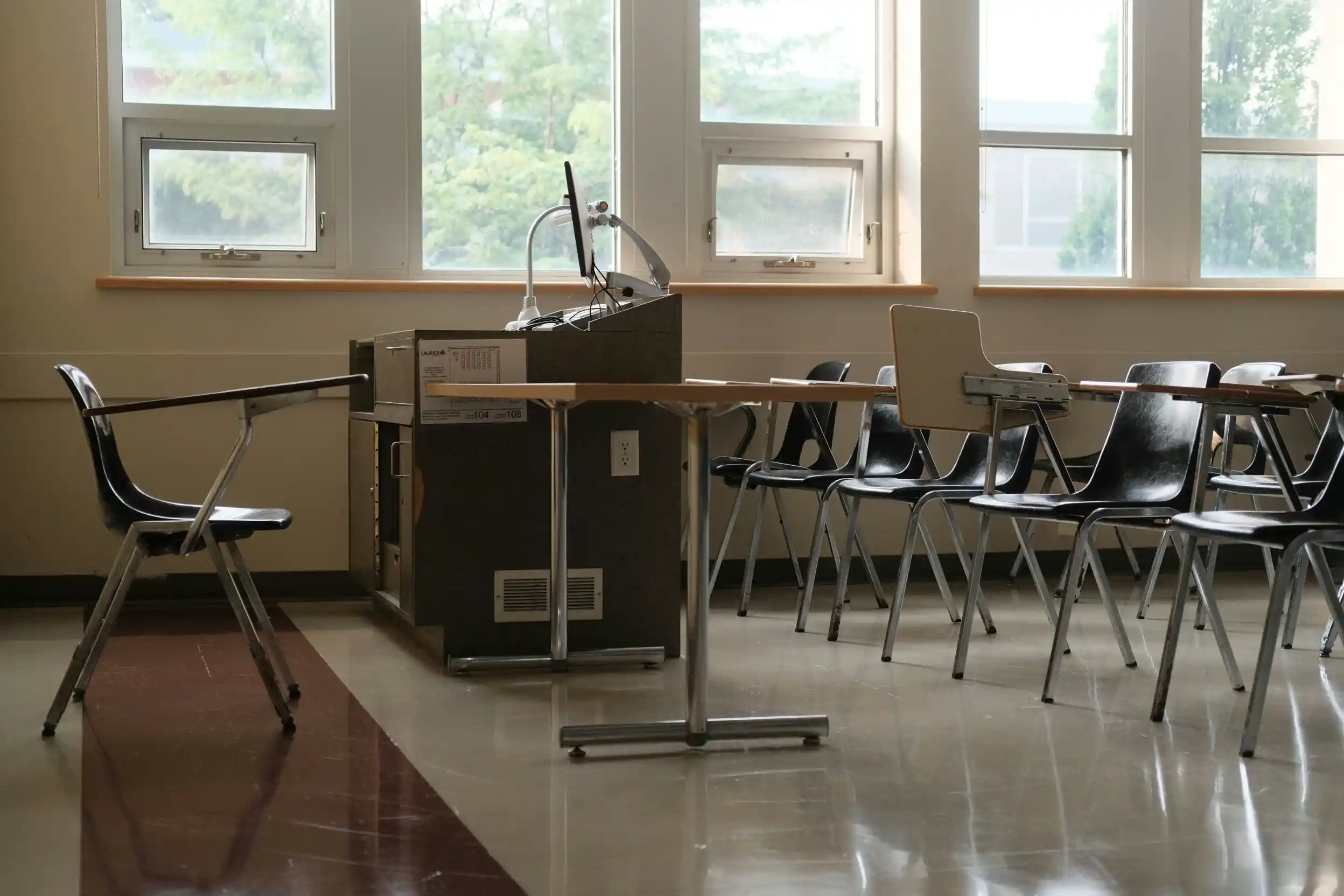


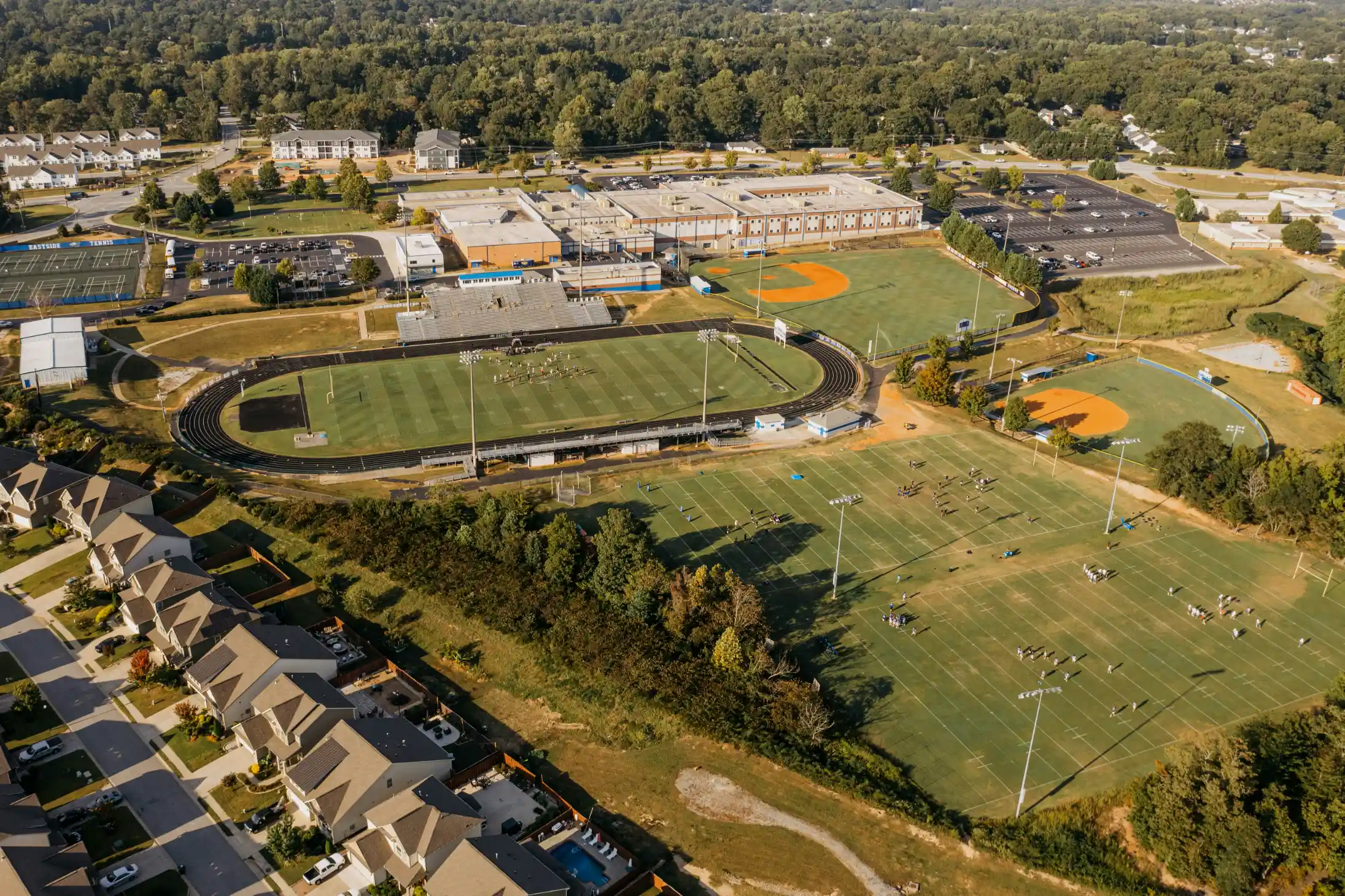





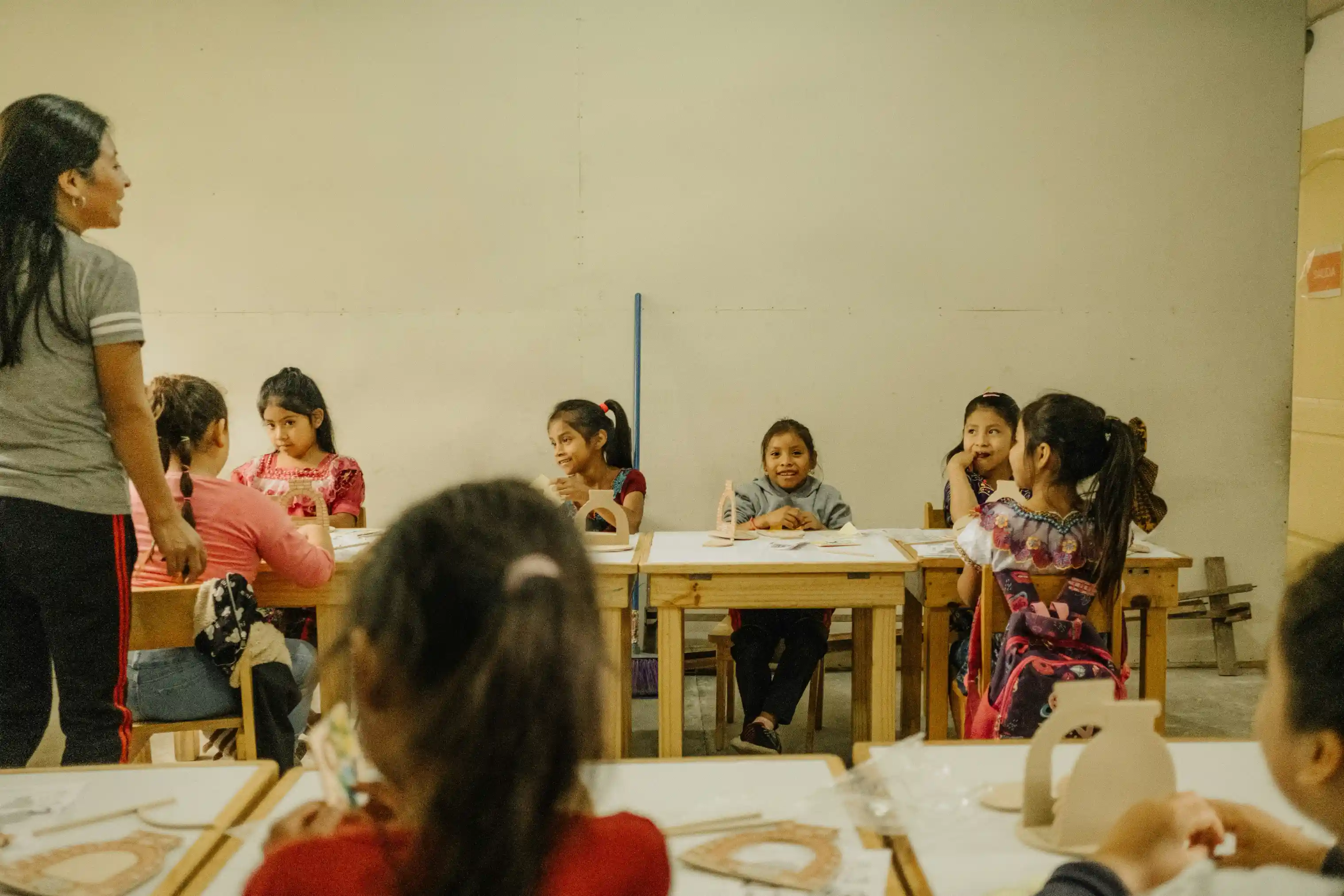

.webp)









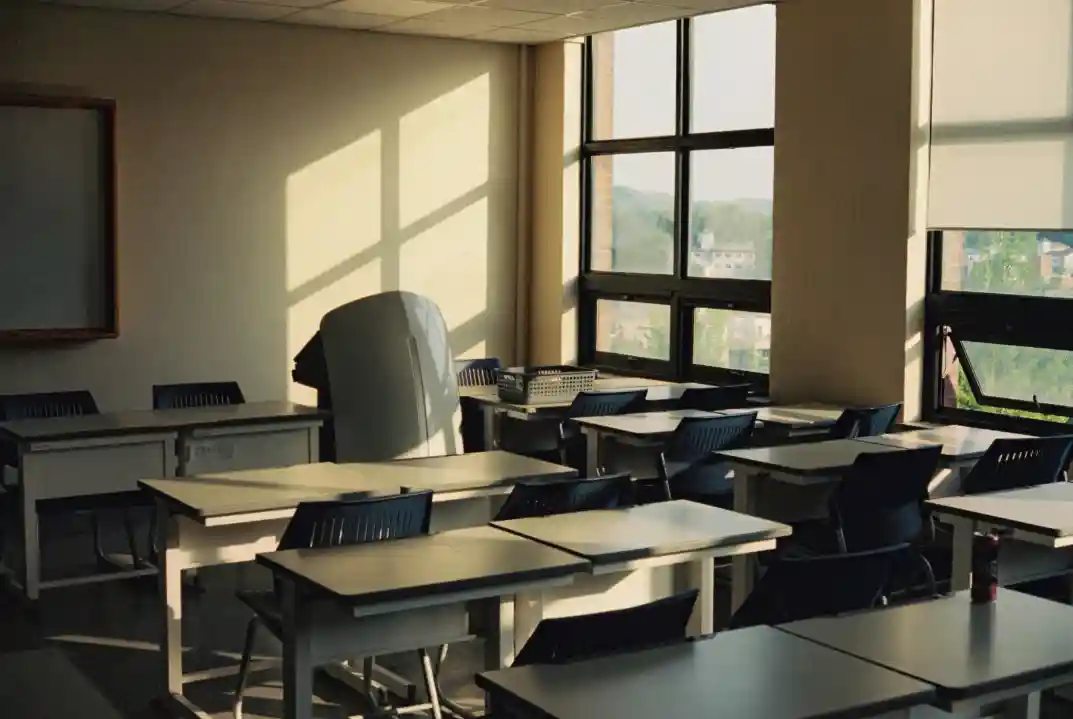


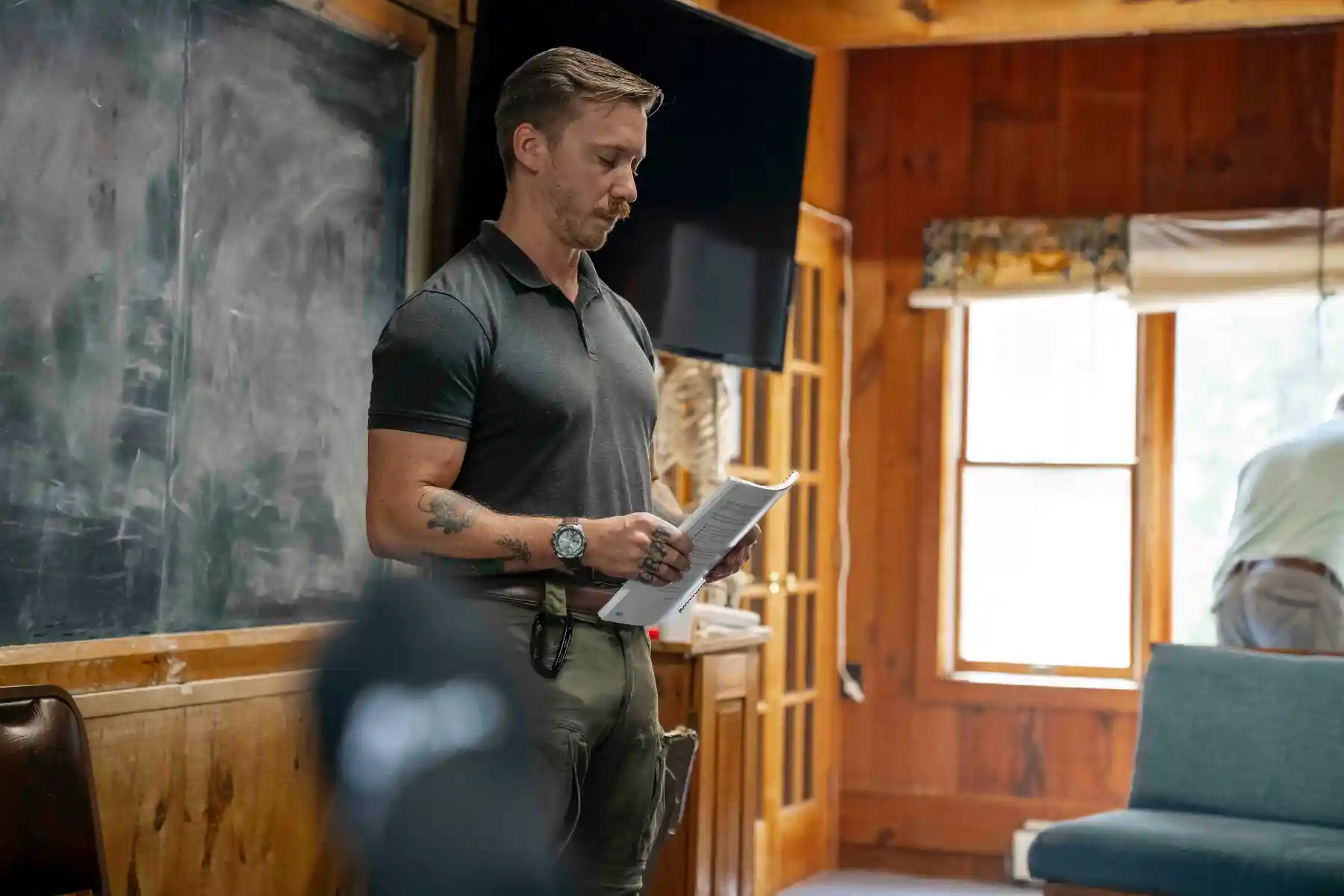


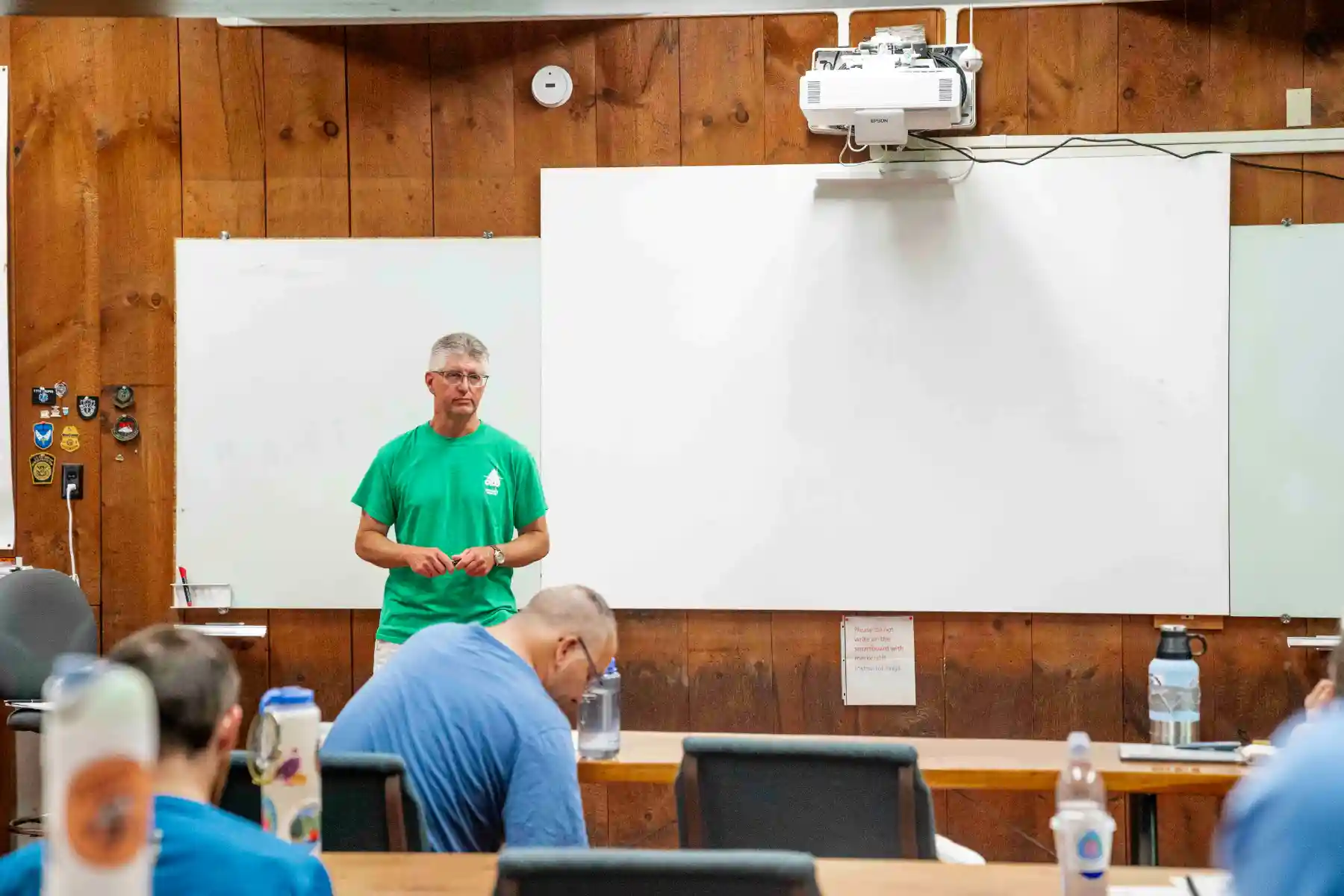




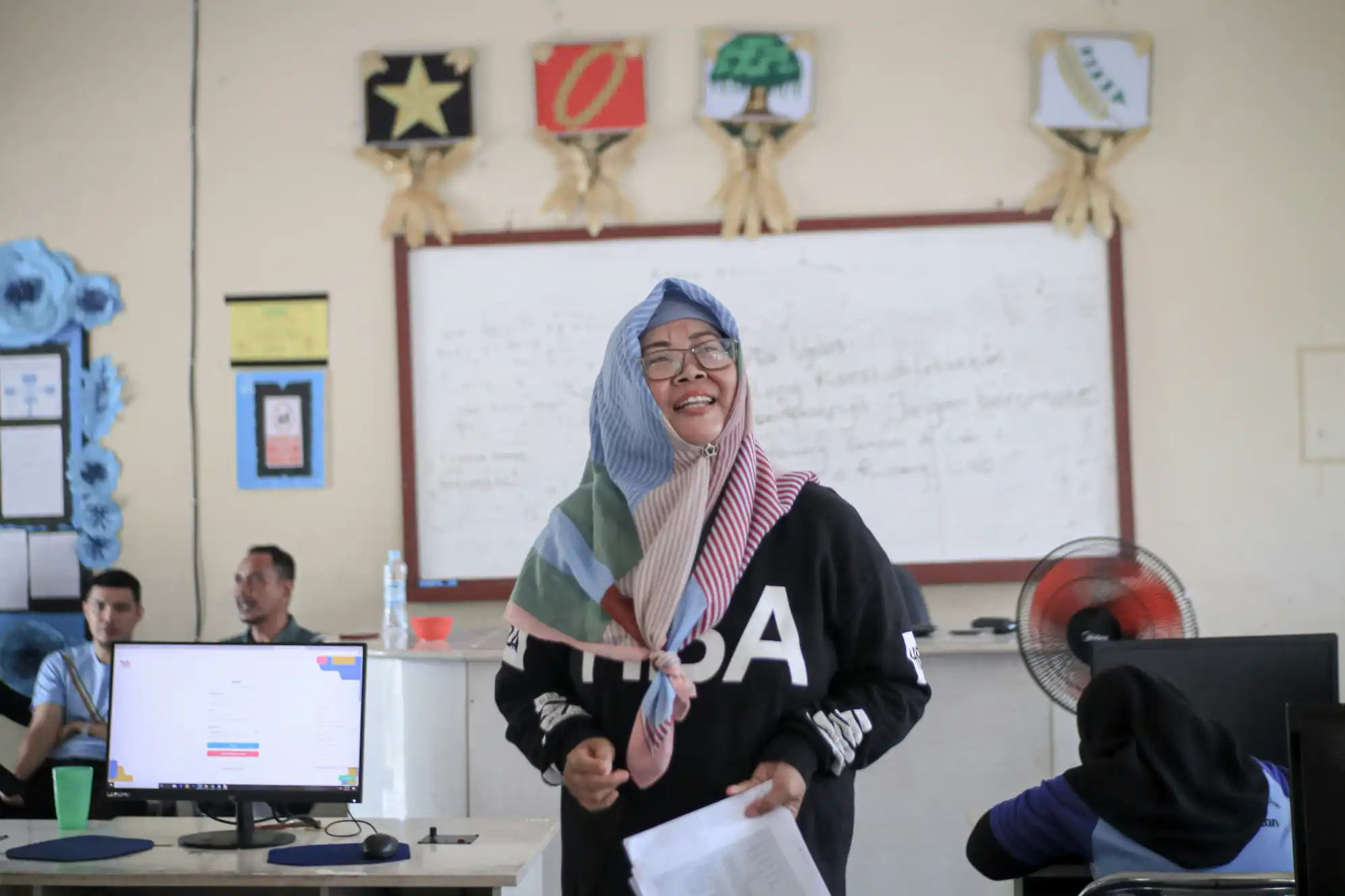






.webp)



%20.webp)


















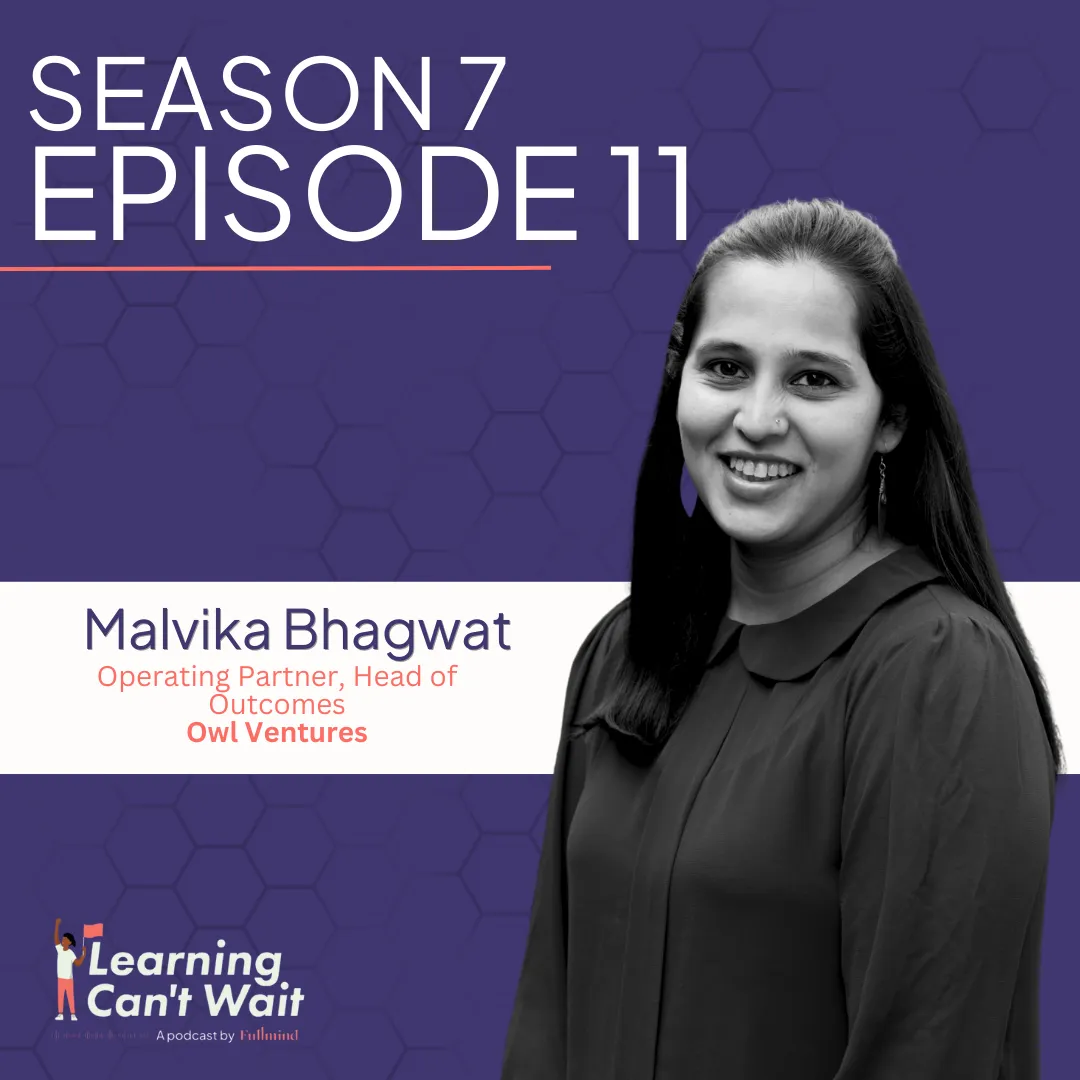
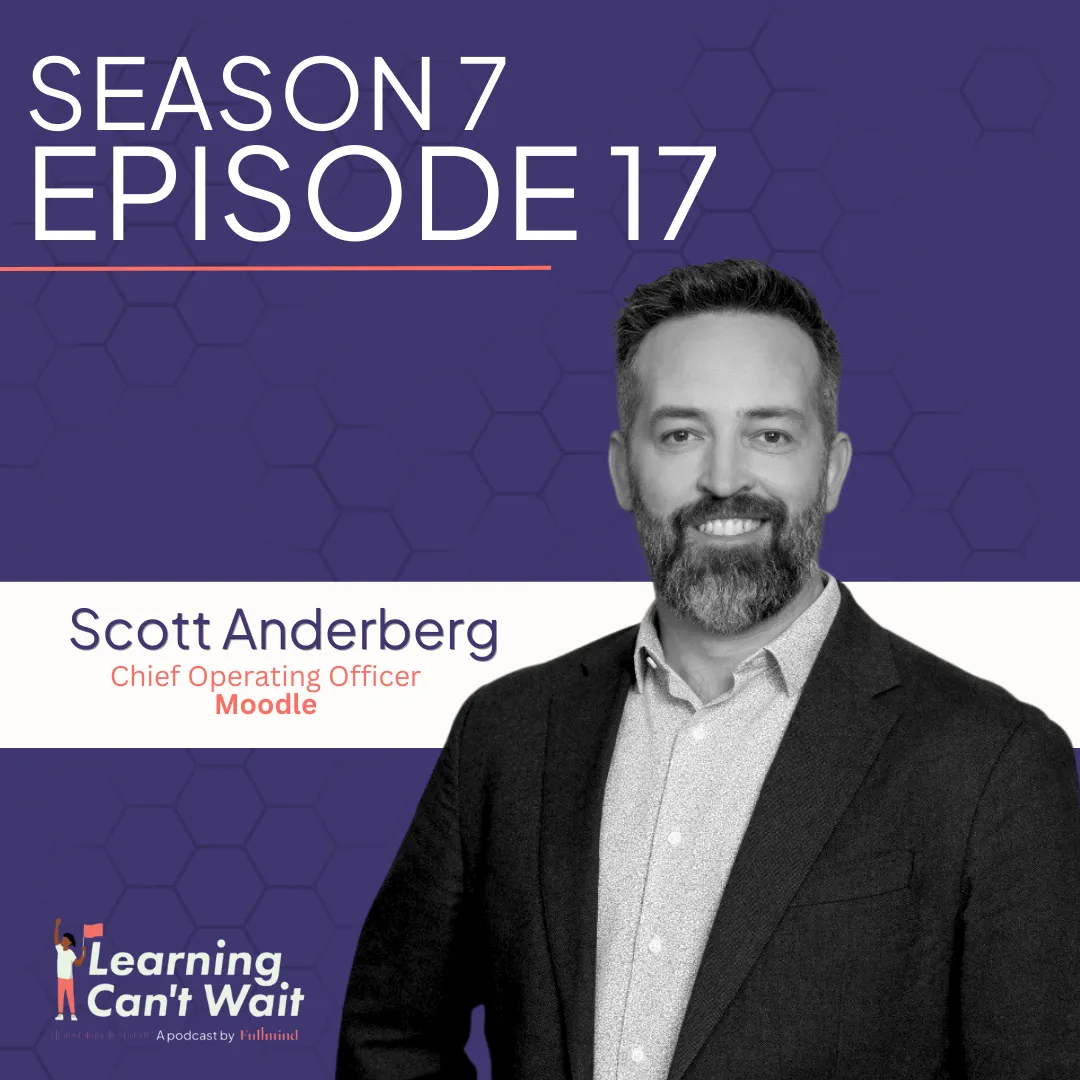

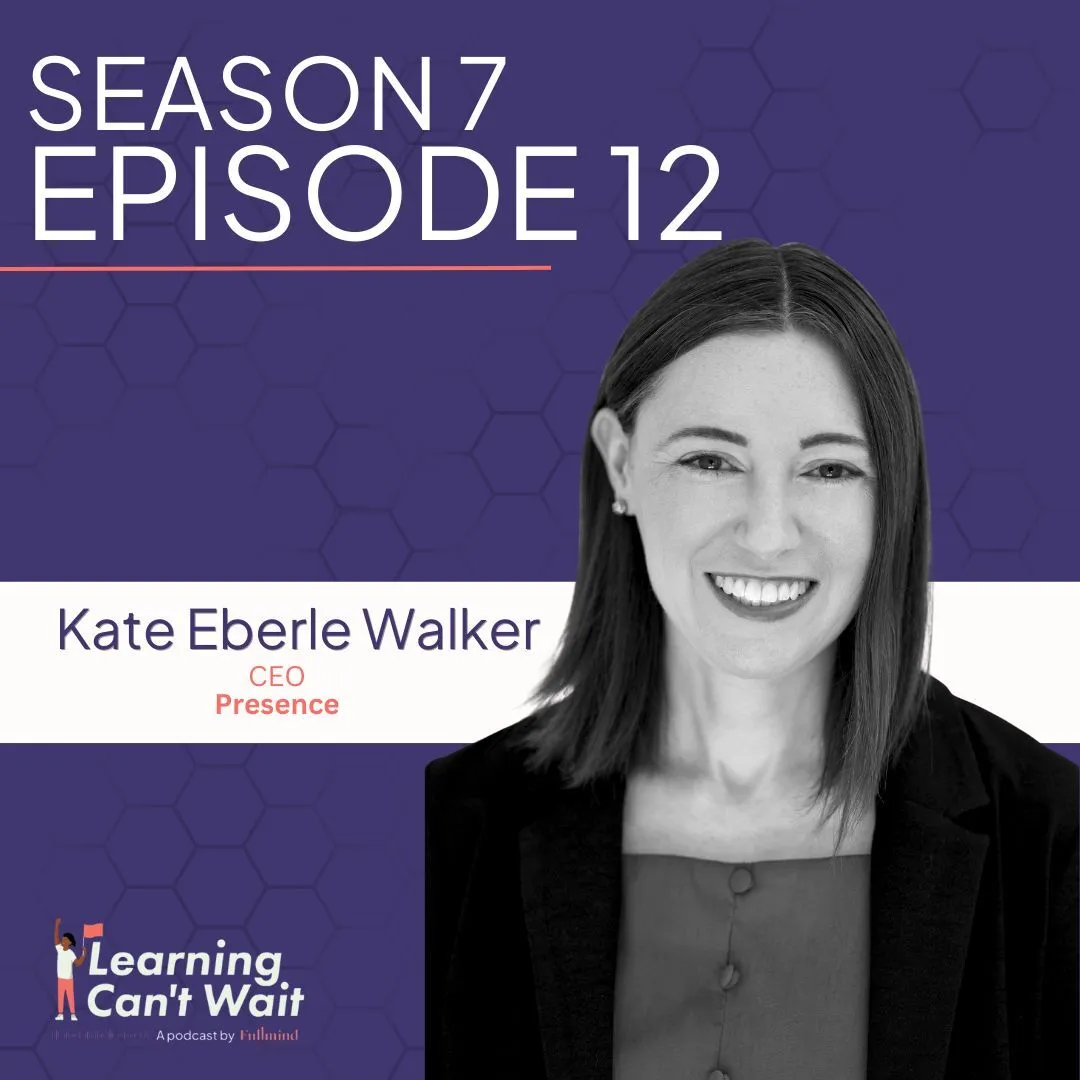
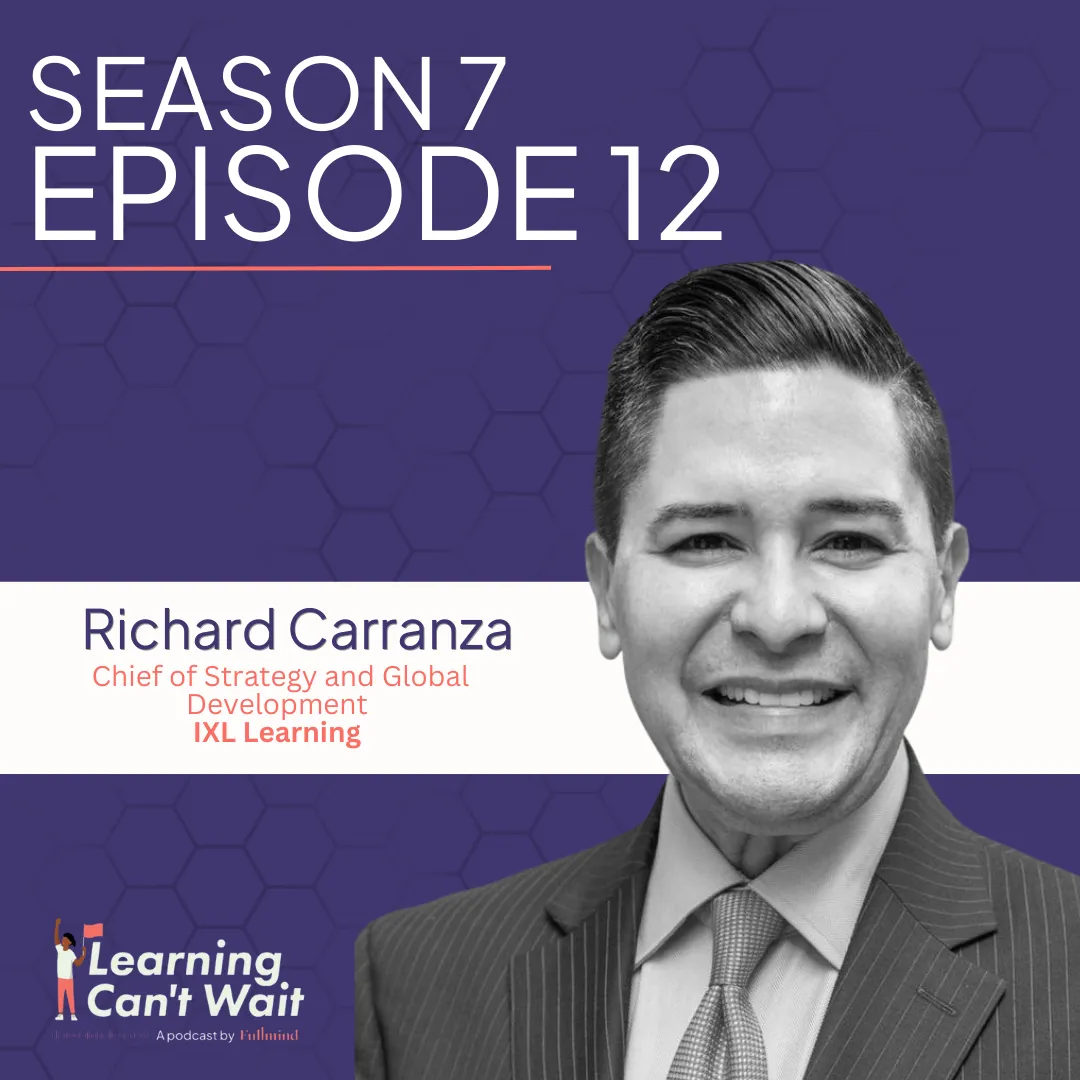
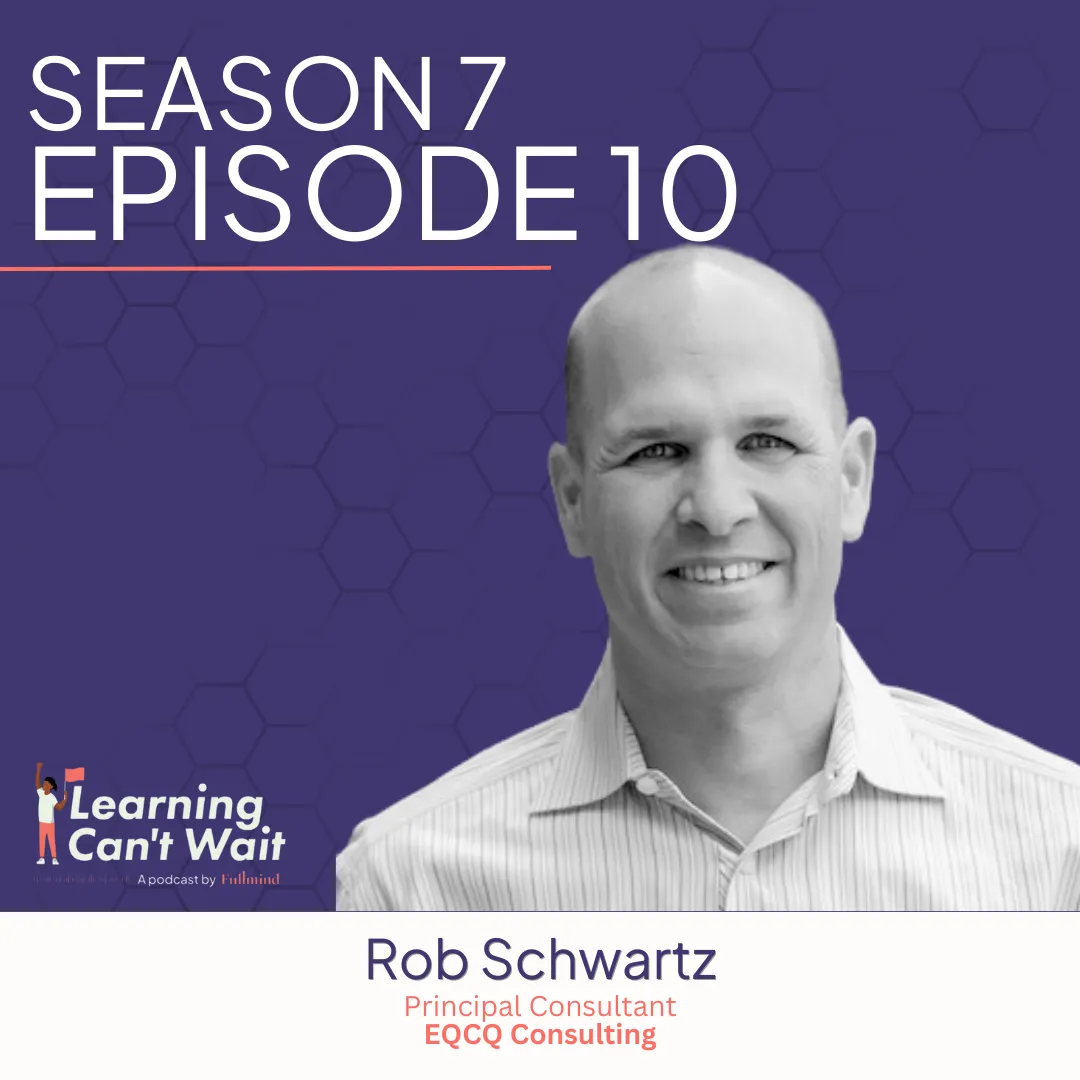
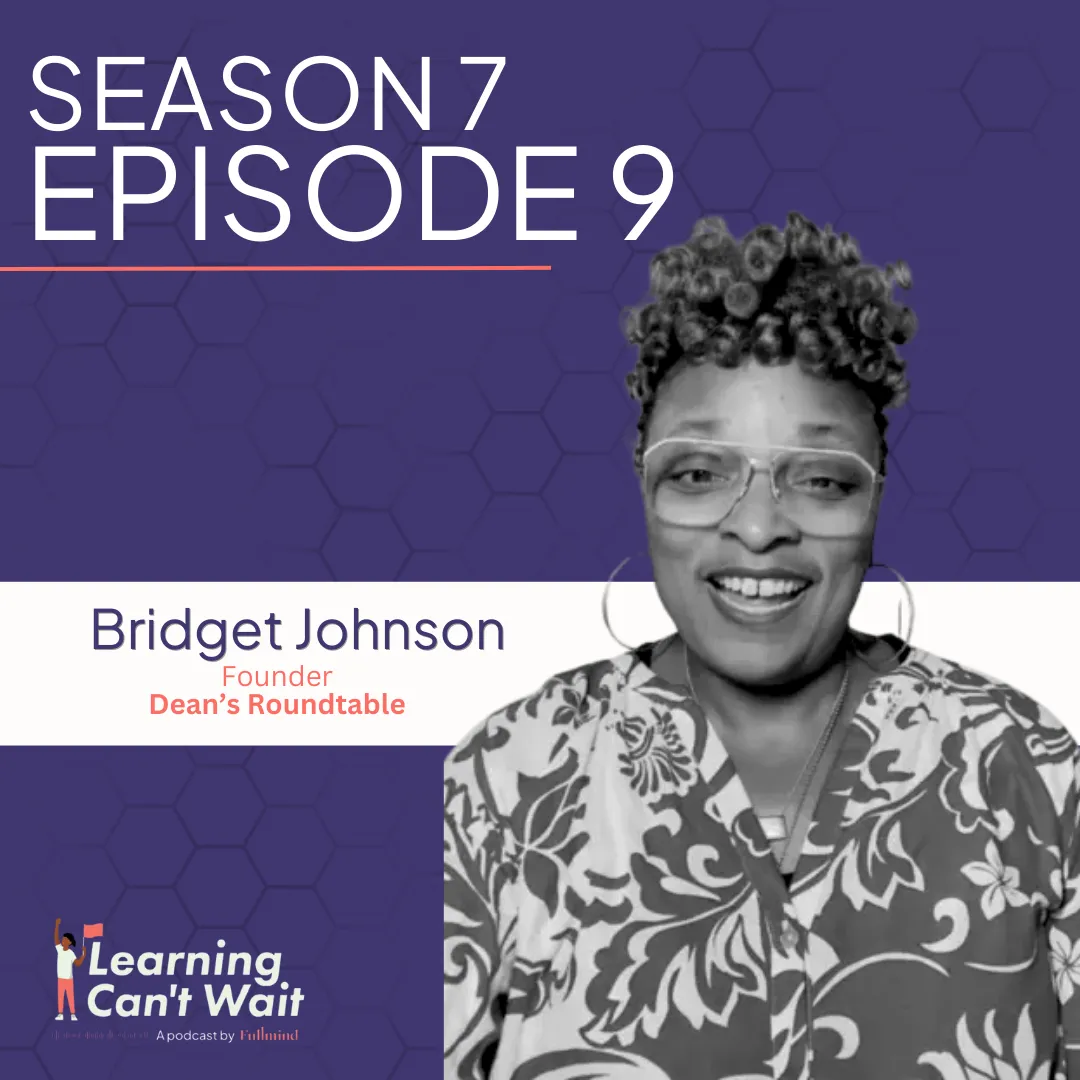










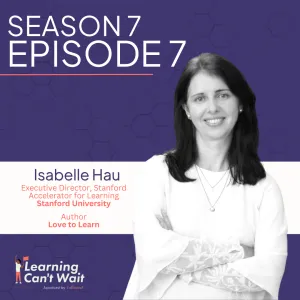
.webp)
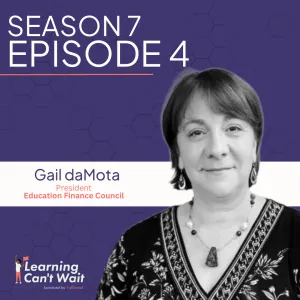
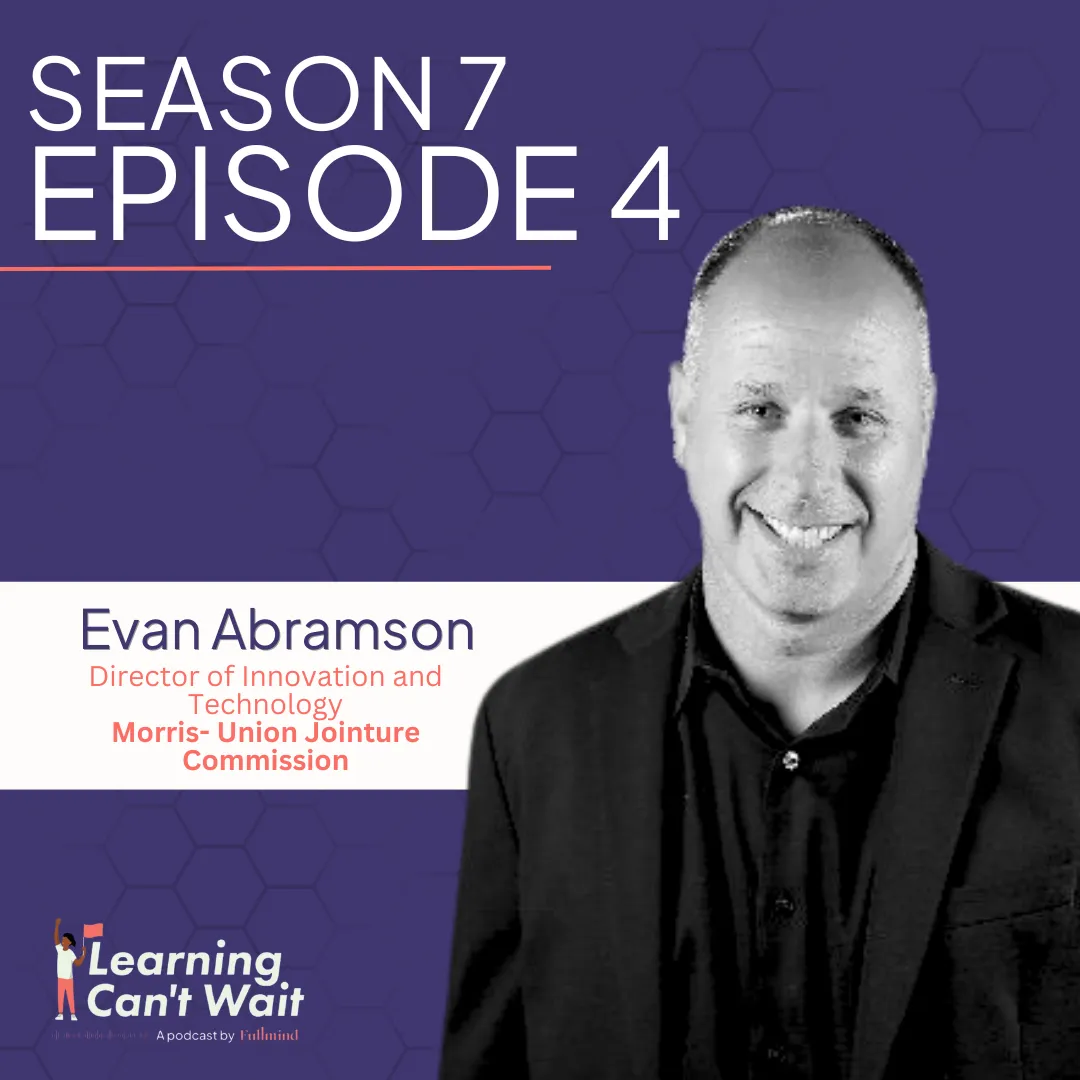

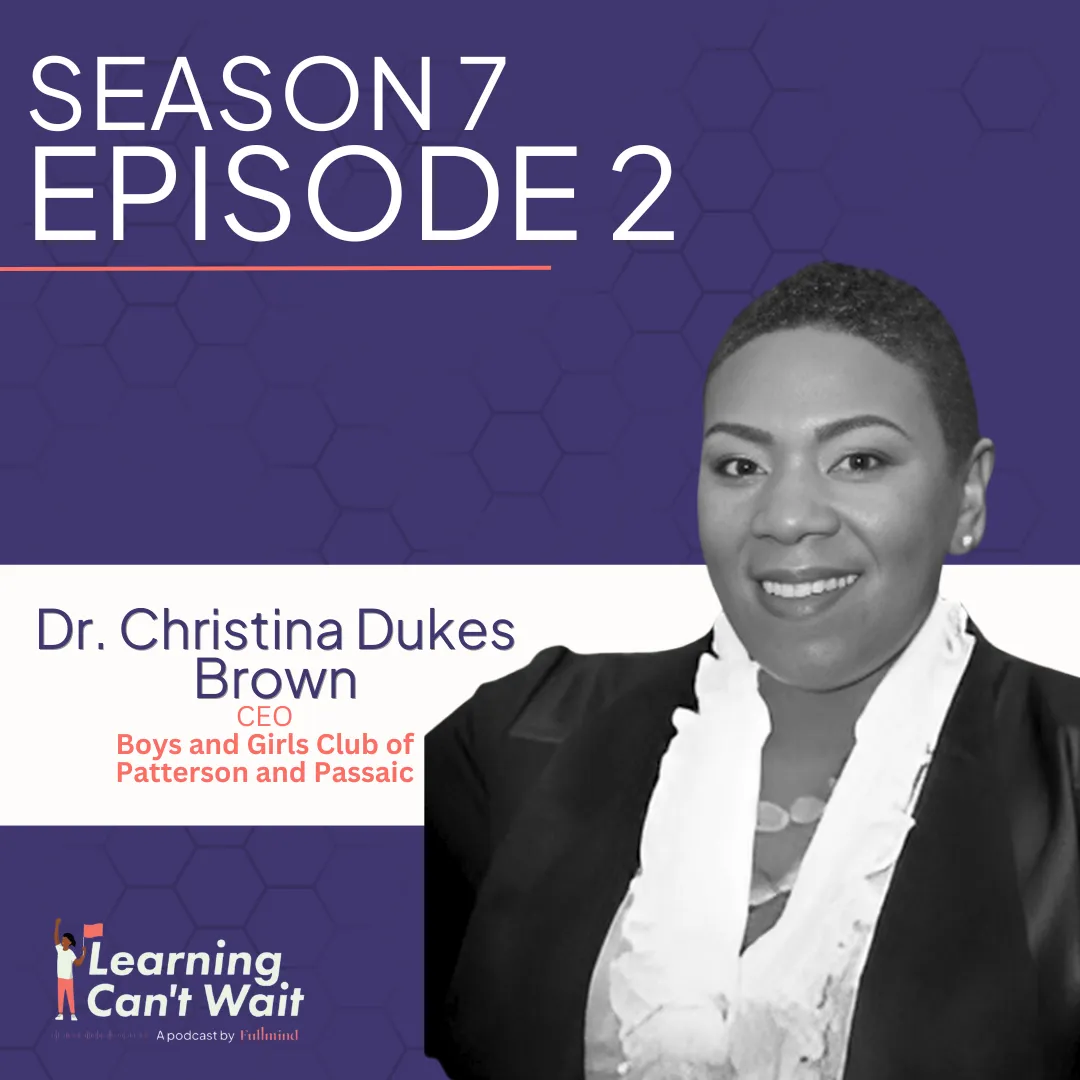
.webp)


.webp)


.webp)
